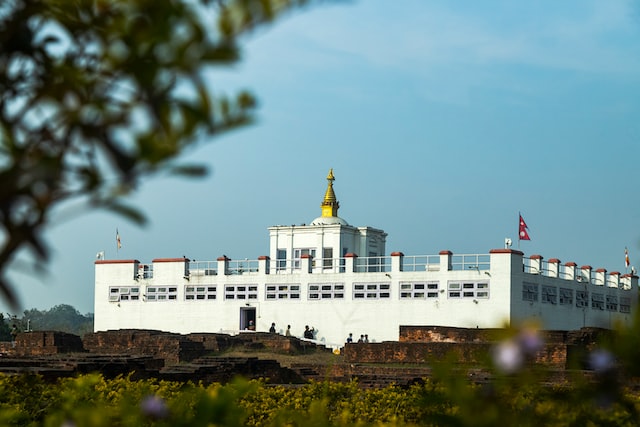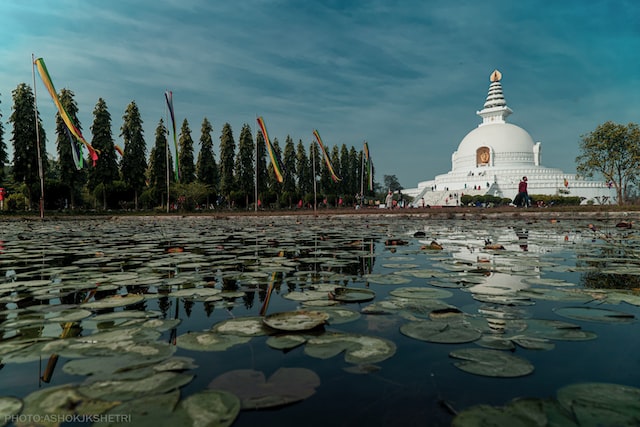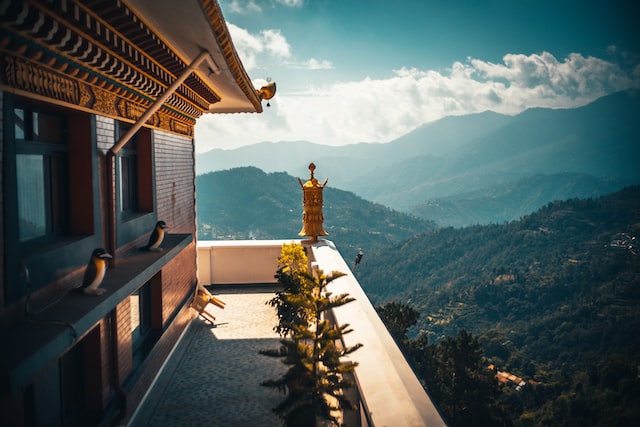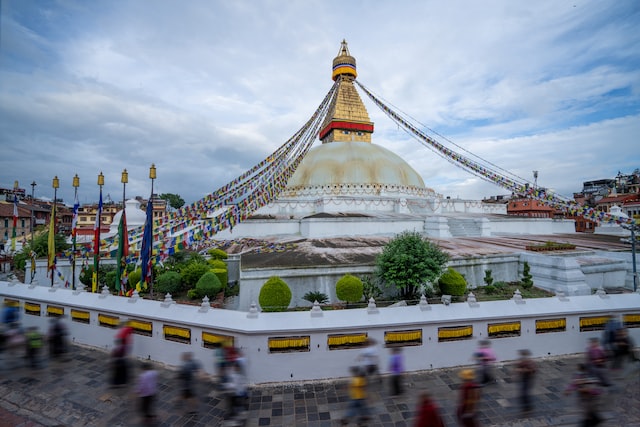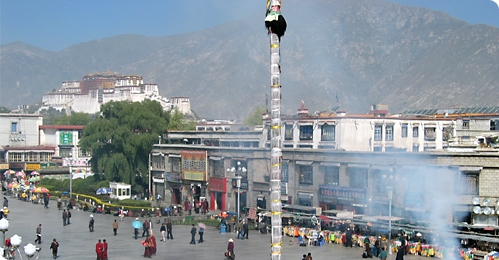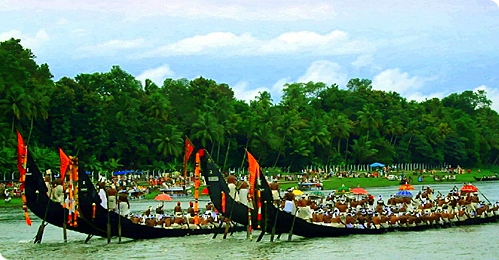We will be visiting more Buddhist sites near Lumbini, which includes (Time Permitting):
Tilaurakot / Kapilvastu: The ancient capital of Sakya, Kapilvastu, has now been identified with Tilaurakot, a site in ruins located 25 km west of Lumbini. Excavations have revealed the foundations of a citadel with defense wall, gateways, monasteries and stupas.
Sagarhawa: Sagarhawa lies 3.5 kin. north of Tilaurakot and west of Banganga river. It is a rectangular depression. Excavations done in 1896 traced seventeen stupas and large monuments made from well-burnt bricks. Findings of casket and other rare antiquities indicate them to be votive stupas of the war dead. However, these stupas remain no more as they were excavated to their foundation without restoration.
Gotihawa: Gotihawa lies 5-km southwest of Taulihawa town and is considered the natal town of Krakuchanda Buddha. The place has ruins of ancient habitation, stupas and monasteries. The place was visited by Ashoka as evidenced by a pillar with inscriptions. The pillar is broken with the upper part missing.
Kudan: Kudan is located 2-km southwest of Taulihawa on way to Gotihawa. There are huge structural ruins indicating wreckage of monasteries and stupas with a tank nearby. This is where Lord Buddha gave Buddhist Religion to his son & brother.
Niglihawa: Niglihawa, 7-km northwest of Tilaurakot, was another site visited by Ashoka and marked with a pillar. The pillar is broken into two pieces. The standing base pillar has Ashokan inscription in Brahmi script and the upper pillar has Devanagari* inscription marking Ripu MaiWs visit in 1312 AD. There are ruins of monasteries, stupas and habitation. It is identified as ancient town of Sobhawati, birthplace of Kanakmuni Buddha

